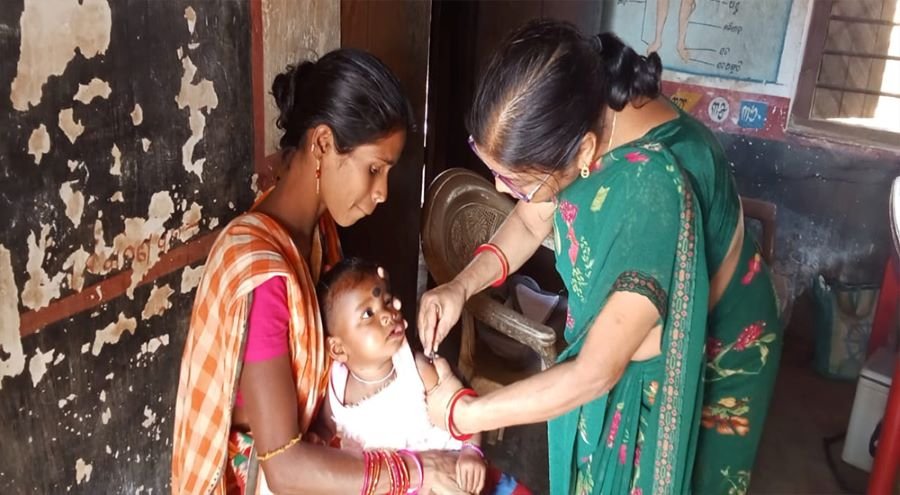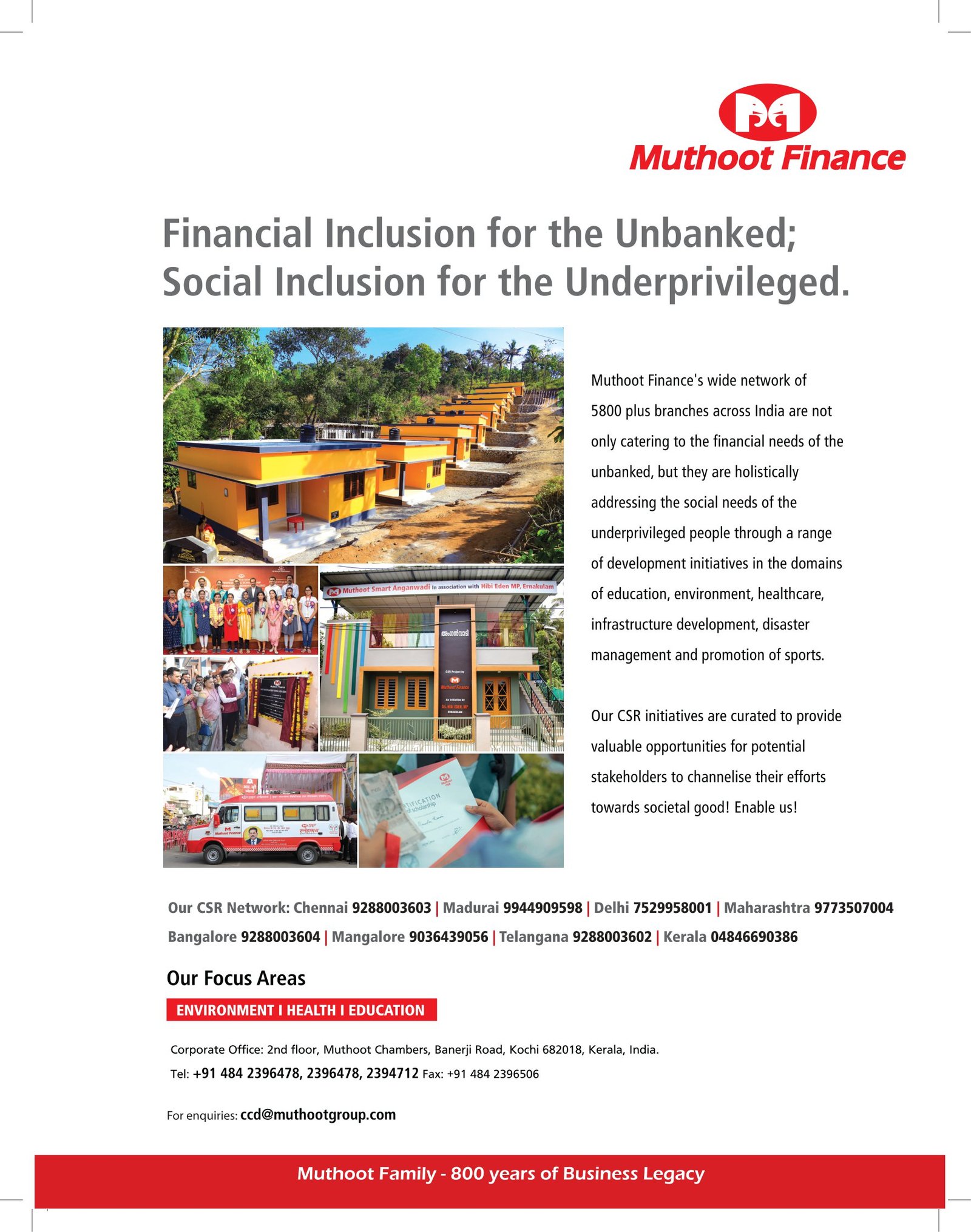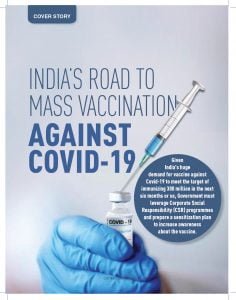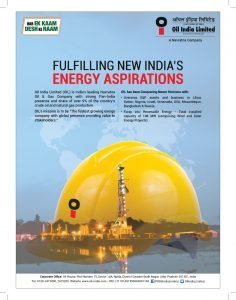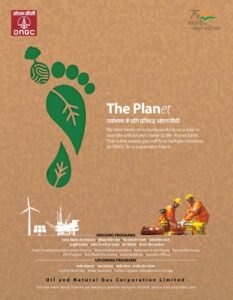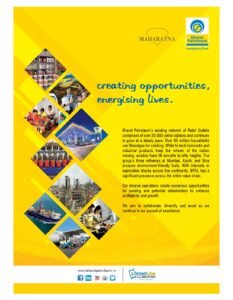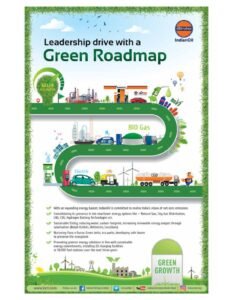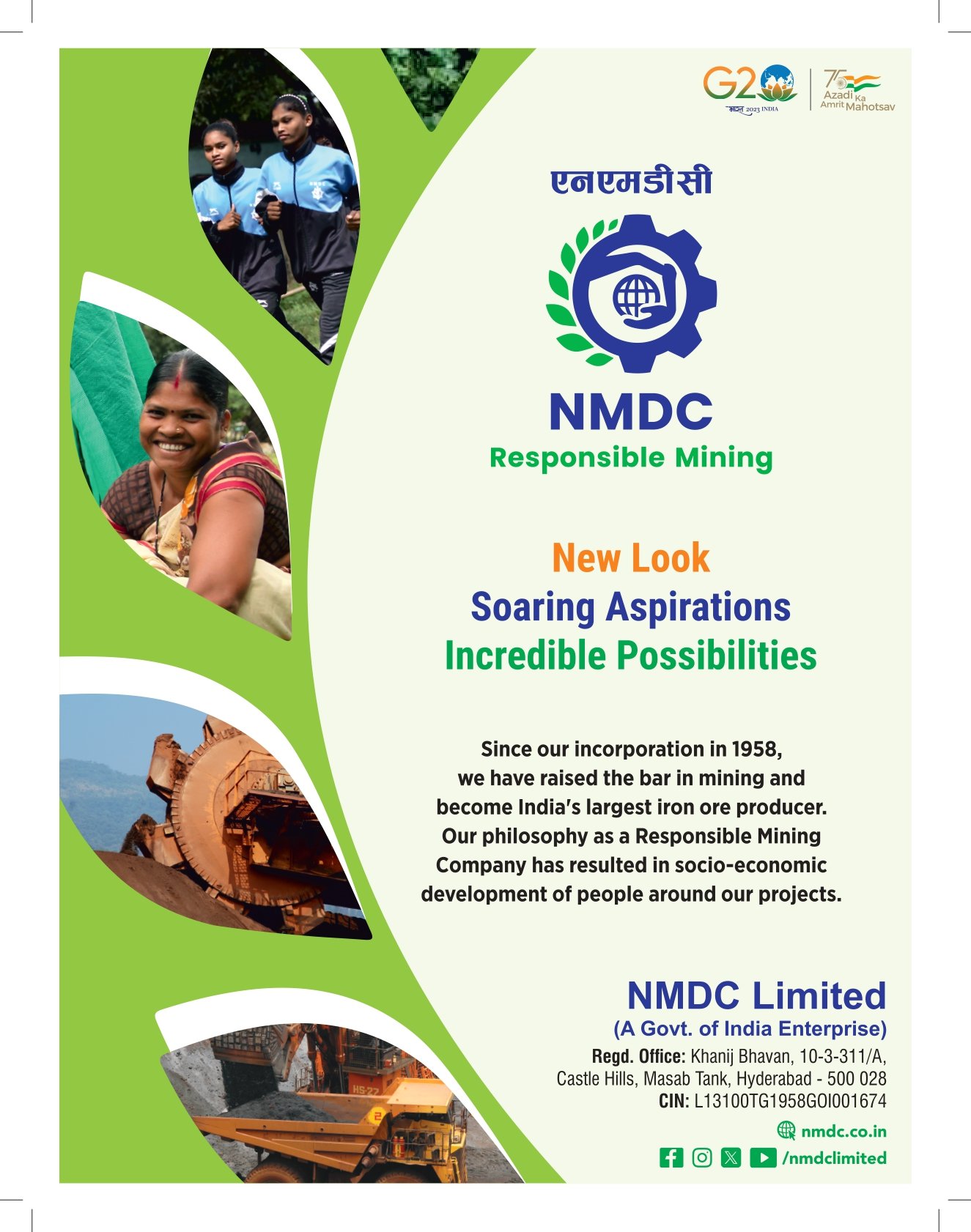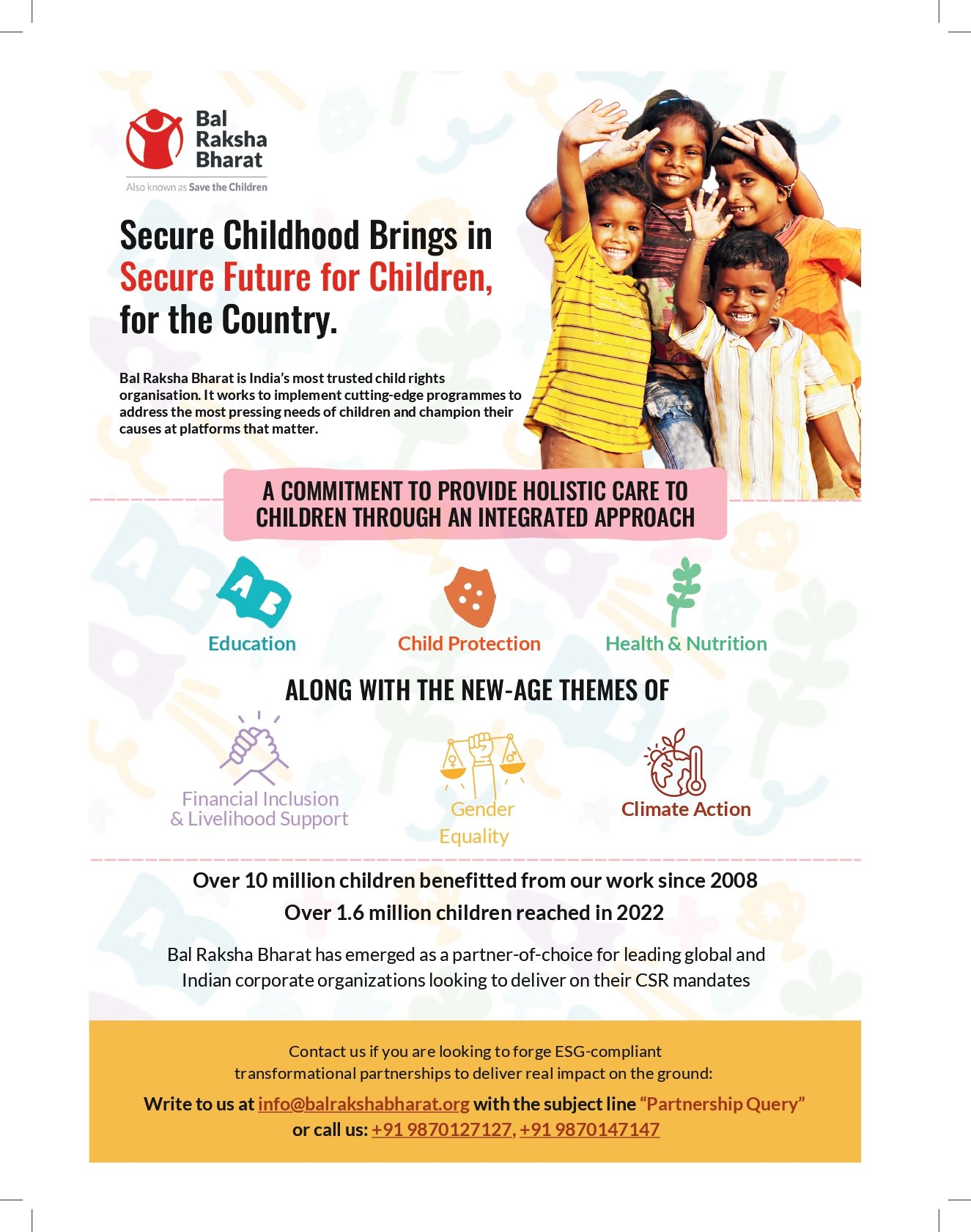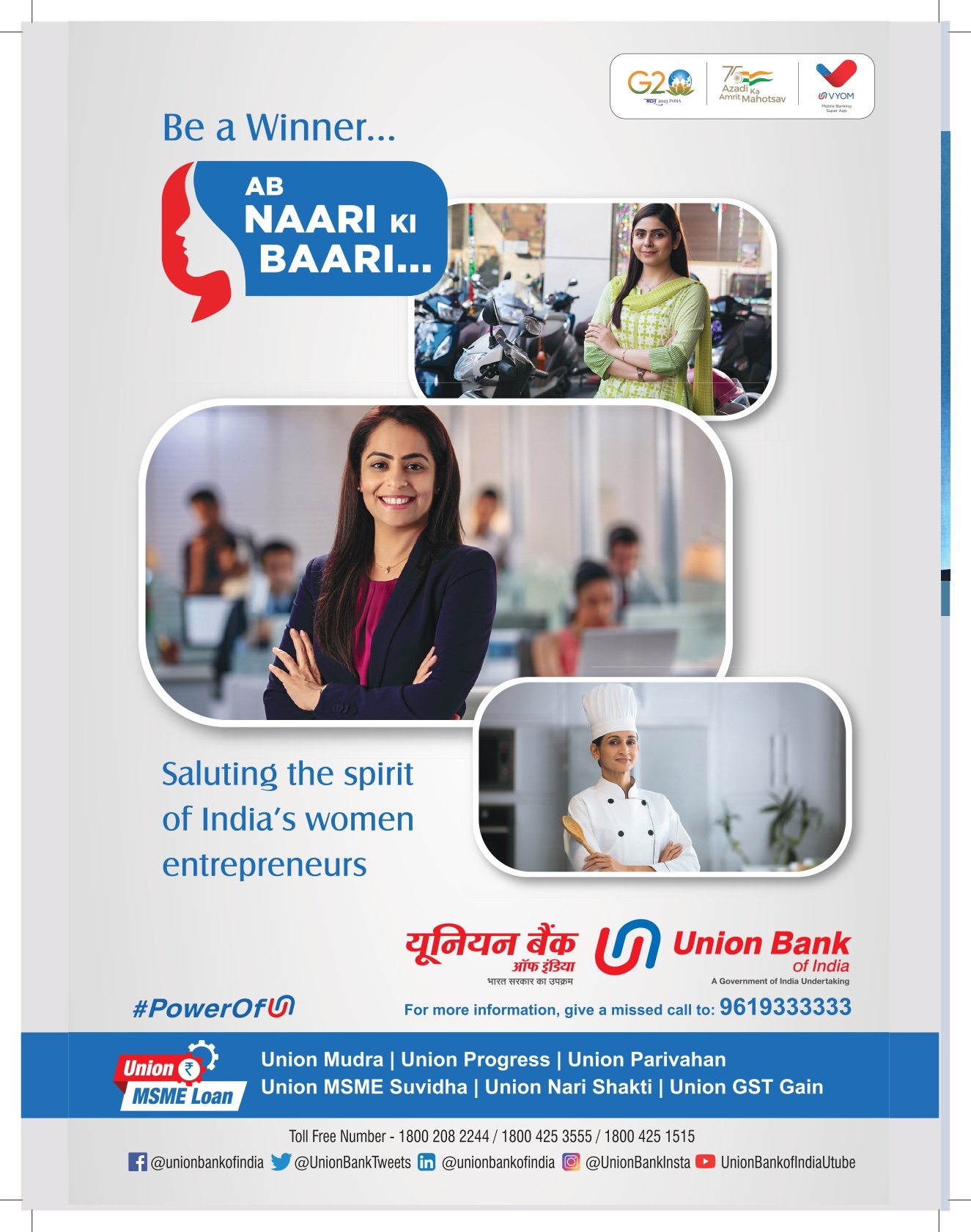
As we move towards the last quarter of 2023, there is barely six years left for the world to achieve the targets set by United Nations for attaining Sustainable Development Goals, a set of universal objectives to balance economic, environmental and social needs of the world population by 2030. Given the current Global socio political scenario, this seems to be a tough call by any standards. The continuing Ukraine conflict, climate induced disasters, food shortages, climbing inflation, political uncertainties and wide spread economic meltdown make the attainment of 17 SDG targets almost impossible by 2030.

Hope and Skepticism
But we in India look at the future with great hope and equal skepticism. Our hope arises from the fact that India is well on its way in becoming the fifth largest economy in the world. As per the reputed rating agency S&P Global, India is expected to grow at an average rate of 6.7% annually from 2024 to 2031 and its economy from the current $ 3.4 trillion to 6.7 trillion by 2031. But it also raised concerns that India will face macro challenges in the upcoming decade to turn traditionally uneven growth into a high and stable trend. As per the IMF, India is expected to become the third largest economy in the world by 2030.
But even after being one of the most stable economies in the world amidst the global economic meltdown, India is ranked as low as 112 out of 149 countries in the global SDG index. As per the Sustainable Development Report 2023 India has a score of 63.45 against 100. Countries which are similar to India like China, Argentina and Brazil are all far above us in the SDG index. But the positive take away is that India has a spill over score of 99.43 under SDG progress which means that we have more positive than negative spillover effects in our quest for attaining SDG goals.
Economic prosperity and social parameters
One interesting fact to be noted here is that economic prosperity alone does not bring about improved social parameters and well being of the citizens of a country. If that was the case, America which has the highest per capita income in the world should have occupied the number one spot on the SDG Global index, but unfortunately it occupies the 39th spot with 75.91 points. Even other countries with high per capita incomes like Australia, Canada, and Switzerland do not find a place in the top ten bracket.
As per the SDG global rankings , Finland (86.76 points), Sweden (85.98) and Denmark (85.68) head the SDG rankings table . It has to be noted that these countries have chosen a mixed economic system that reduces the gap between the rich and the poor through redistributive taxation and a strong public sector while adopting a capitalist structure. These facts and parameters drive home the point that monetary resources alone does not lead to holistic well being of people of a country.
Population: boon or bane
India faces enormous challenges and obstacles in its path for achieving SDG goals. The foremost obstacle could be our unbridled population growth. We have almost 18 % of the total global population of 140 crore living in just 2% of the land mass of this earth putting enormous pressure on our natural resources like water, air, coal, oil, natural gas, minerals, forest produce etc. This itself poses as a huge challenge in achieving many of the sub parameters under various SDG goals which are directly dependent on natural resources. These include SDG goal 2 (Zero hunger) SDG goal 6 (Clean water and sanitation) Goal 7 (Affordable and clean energy) Goal 11 (Sustainable cities and Communities Goal 13 (Climate action) Goal 14 (Life below water) Goal 15 (Life on land).
Of course, there are conflicting views on this. Many would view our growing population as an asset which leads to rapid economic growth. India is home to fifth of the worlds’ youngest population. This could create a demographic dividend that can play a critical role in the country becoming a five trillion economy in the near future. They would argue that the large young population can be an asset in terms of an innovative and entrepreneurial workforce leading to a diverse demand driven market leading to increased prosperity.
But the picture is not all that rosy, as per the World Bank report, India is home to 25% of the poorest population of the world. Another area of huge concern is the gender disparity in our workforce. Only 23.97 % of women were part of India’s labor force in 2022. This is not a good sign for a developing country as women constitute 48.5% of India’s population.
Federal challenges
Another major challenge for India is its federal structure. Under this model, some of the parameters that impact SDGs lie within the purview of the central government while some rest with the state government. This implies that the central as well as the state governments need to set aside their political differences and come together to pursue the attainment of SDG goals. As per the data of NitiAyog which classifies the states on SDG index, there is widespread disparity between states. Kerala tops the list with a score of 75 points out of 100, while economically prosperous states with the highest per capita income like Haryana is at no 14, with a score 67, Gujarat at no 10 with a score of 69 and Punjab occupies rank 12 with a score of 68. But what is worrying is that the most populous states of Uttar Pradesh and Bihar which together accounts for more than 26% of India’s population lies at the bottom five of the SDG index at rank 22 and 28 respectively. This makes our quest for achieving SDG targets all the more challenging and difficult.
All these variables do not deny the fact that India has achieved much progress in its march for attaining SDG goals. Over the years India has achieved good progress under SDG parameters in many areas like are Goal 3 (Good Health and well being), Goal 6 (Clean water and Sanitation) Goal 7 (Affordable and Clean energy) , Goal 8 (Decent work and Economic Growth) , Goal 16 (Peace and Justice and strong institutions). But still we have SDGs with large gaps of over 20% to overcome when compared with global averages. Some of the major ones are Goal 2 (Zero hunger), where the gap is 23.8 %. Goal 3 (Good Health and well being) where the gap is 24.5%. Goal 5 (Gender Equality) where the gap is 29.2%. Goal 6 (Clean water and Sanitation) where the Gap is 23 %, and Goal 11 (Sustainable cities and Communities) where the gap is 27.2%.
The way forward
As various data both at the global and country level point out, a high growth rate alone will not lead to acceleration of SDG goals. What is needed is a strong political commitment, balanced economic growth, planned and strategic utilization of resources and proper management systems in place. Our strategist and planners should focus to avoid duplication of resources. The stress should be to conserve and harness our vast natural resources and limit wastage to avoid depletion.
Looking at macro economic variables under SDG goals, there are some critical areas where little progress has been made in India. These include water conservation and providing clean water access to its citizens especially in urban areas, treatment of waste water, land biodiversity interventions, tackling air pollution, female education, gender inequality, women’s representation in decision making process, income inequality and research and development to name a few. Development experts are of the view that with a huge growing population which constitute of 48.5% female population, one of the key areas our country needs to focus is Women led development. The stress should be on inclusion of women into financial s y stems, eliminating gender stereotypes and biases and working towards changing norms attitudes and behaviors that perpetuate gender inequality. We need focused interventions on increased participation of women in our labor force which is one of the lowest in the world and work towards increased representation of women in decision making process.
Another critical area is Health and Education, with the largest population in the world and a growing economy, India needs to increase to strengthen its education and health systems. The government needs to focus on critical areas in these field with increased spending in these sectors. Our spending on education is just 2.9 % of the GDP while in health it is just around 2.2 percent.
All said and done one of the biggest positives is that we as a country have indicated our commitment to achieving our SDG goals. Our Prime Minister has again and again reiterated the importance of SDGs under the slogan “One Earth, One Family, One Future “In the recently concluded G20 Summit in Delhi under the chairmanship of India, the world leaders have reaffirmed their commitment to mobilizing “affordable, adequate and accessible financing from all sources to support developing countries scale up sustainable finance and give ultimate priority towards achieving Sustainable Development Goals.





